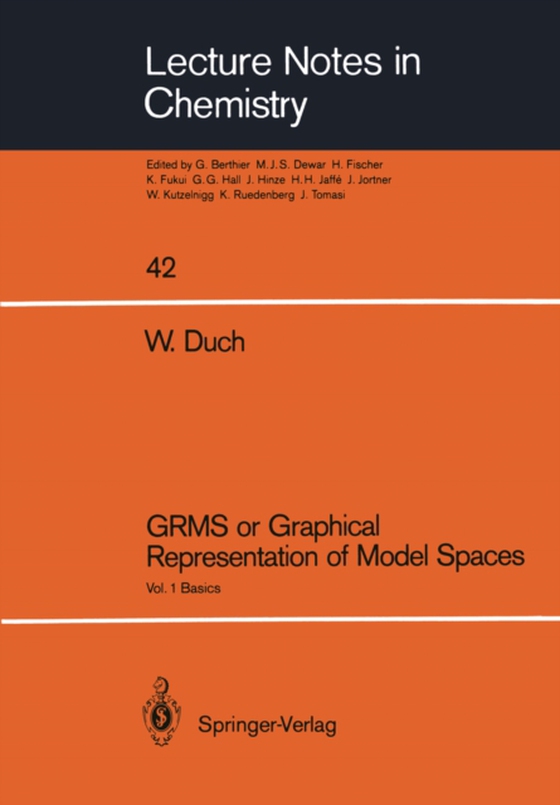
GRMS or Graphical Representation of Model Spaces e-bog
1094,16 DKK
(ekskl. moms 875,33 DKK)
The purpose of these notes is to give some simple tools and pictures to physicists and ' chemists working on the many-body problem. Abstract thinking and seeing have much in common - we say "e;I see"e; meaning "e;I understand"e; , for example. Most of us prefer to have a picture of an abstract object. The remarkable popularity of the Feynman diagrams, and other diagrammatic appr...
E-bog
1094,16 DKK
Forlag
Springer
Udgivet
6 december 2012
Genrer
PNRP
Sprog
English
Format
pdf
Beskyttelse
LCP
ISBN
9783642933479
The purpose of these notes is to give some simple tools and pictures to physicists and ' chemists working on the many-body problem. Abstract thinking and seeing have much in common - we say "e;I see"e; meaning "e;I understand"e; , for example. Most of us prefer to have a picture of an abstract object. The remarkable popularity of the Feynman diagrams, and other diagrammatic approaches to many-body problem derived thereof, may be partially due to this preference. Yet, paradoxically, the concept of a linear space, as fundamental to quantum physics as it is, has never been cast in a graphical form. We know that is a high-order contribution to a two-particle scattering process (this one invented by Cvitanovic(1984)) corresponding to a complicated matrix element. The lines in such diagrams are labeled by indices of single-particle states. When things get complicated at this level it should be good to take a global view from the perspective of the whole many-particle space. But how to visualize the space of all many-particle states ? Methods of such visualization or graphical representation of the ,spaces of interest to physicists and chemists are the main topic of this work.
 Dansk
Dansk

